Description
Amaro Rodríguez-Felipe y Tejera Machado (3 May 1678 – 4 October 1747), better known as Amaro Pargo (Spanish: [a.ˈma.ɾo ˈpaɾ.ɣo]), was a famous Spanish corsair. He was one of the most renowned corsairs in Spain of the Golden Age of Piracy.
He was noted for his commercial activities and for his frequent religious donations and aid to the poor. In his role as a privateer, he dominated the route between Cádiz and the Caribbean, on several occasions attacking ships belonging to enemies of the Spanish Crown (mainly England and Holland), earning recognition in his time as a hero and coming to be regarded as “the Spanish equivalent of Francis Drake”. Because of his service to the Spanish Crown and country, he was declared a Caballero hidalgo in 1725 and obtained certification of nobility and royal arms in 1727.
For years there has been speculation as to the reason behind Rodríguez Felipe’s nickname of Pargo. Traditionally, it has been believed that this pseudonym means that the raider was “fast”, “elusive in battle” and “moving in the sea as the aforementioned fish”, the red porgy (also called Pargo).More recent theories rooted in popular tradition have also attributed the nickname to the facial features of a corsair.
Amaro Pargo’s participation in the West Indies Fleet had to have started between 1703 and 1705, and at this time he is mentioned as “captain” and “master” of the frigate Ave María y Las Ánimas. He is mentioned sailing between the port of Santa Cruz de Tenerife and Havana, and other vessels of their possession are cited; Nuestra Señora de Los Remedios, Santo Domingo and Santa Águeda (this last nicknamed El Gavilán).[11] Later in 1737 he is mentioned as the owner of El Mercader de Canarias, captained by John Plunket, and as sharing ownership with another merchant vessel of La Laguna, Don Pedro Dujardin.
He conducted his affairs with a well-maintained fleet and also with many residences. Amaro Pargo led his own ships to America laden with wine from Malvasía (which were from his own harvests) and brandy (also his), which he sold in Havana and Guyana. On the way, he attacked all ships belonging to enemies of Spanish Crown, mainly British and Dutch, making off with booty, which he later brought back to Spain. Amaro Pargo fought against some of the best known pirates of his day, including Blackbeard. He also traded in other products such as various textiles and even nuts. These products were brought from the Canary Islands to the Indies.
Main commercial routes of the Spanish Empire with the Indies (in red). Amaro Pargo used the route that crossed the Atlantic and went to the Caribbean
In 1712 Amaro Pargo captured an English ship, the Saint Joseph, which had its consignees in Dublin (Ireland), and was commanded by the English captain Alexander Westher. However, Amaro Rodríguez Felipe was accused of not having acted with rigor at the time of exercising his corsairs’ rights. This was because Amaro Pargo had sacked the ship and seized its possessions, in addition to forcing Alexander Westher to sail along with Amaro Pargo’s ship to the port of Santa Cruz de Tenerife, on pain of sinking the aforementioned English ship in the depths. Nevertheless, the capture of this English ship was considered legitimate because England was an enemy power of the Spanish Crown.
The Spanish monarch Felipe V, in a Royal Decree dated in San Lorenzo de El Escorial on 24 October 1719, authorized Amaro Pargo to build a ship in Campeche. This ship was a merchant armed with 58 guns and 64 cubits long and 56 keel, with more than 16 manga. According to current studies, said ship became part of the Navy in 1723, but just a year before it had approached and looted a Dutch ship, the Duyvelant, when it is believed to have been captained by Amaro Rodríguez Felipe.
This systematic looting of enemy ships sometimes escalated into battle; it is documented that once Amaro Pargo boarded a great ship from Jamaica, triggering a clash between the privateer Snapper and the captain of the ship with sabres and pistols and which ended with the captain seriously wounded and Pargo with only a cut on his fingers. He also fought against Turkish pirates in waters off the Canary Islands.
Pargo became romantically involved with the Cuban Josefa María del Valdespino, with whom he had an illegitimate son, but did not marry.
Pargo eventually came to be the richest man of the Canary Islands. He was a character who in his day had the same reputation and popularity as that of Blackbeard and Francis Drake.
Designed by Iain Lovecraft
Complete with 28mm round MDF bases.
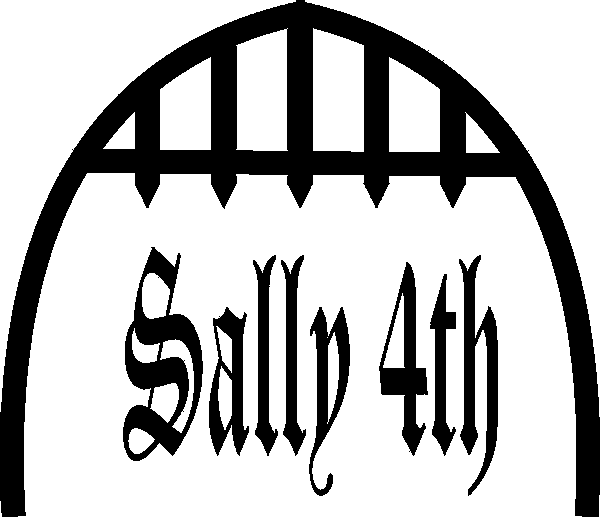
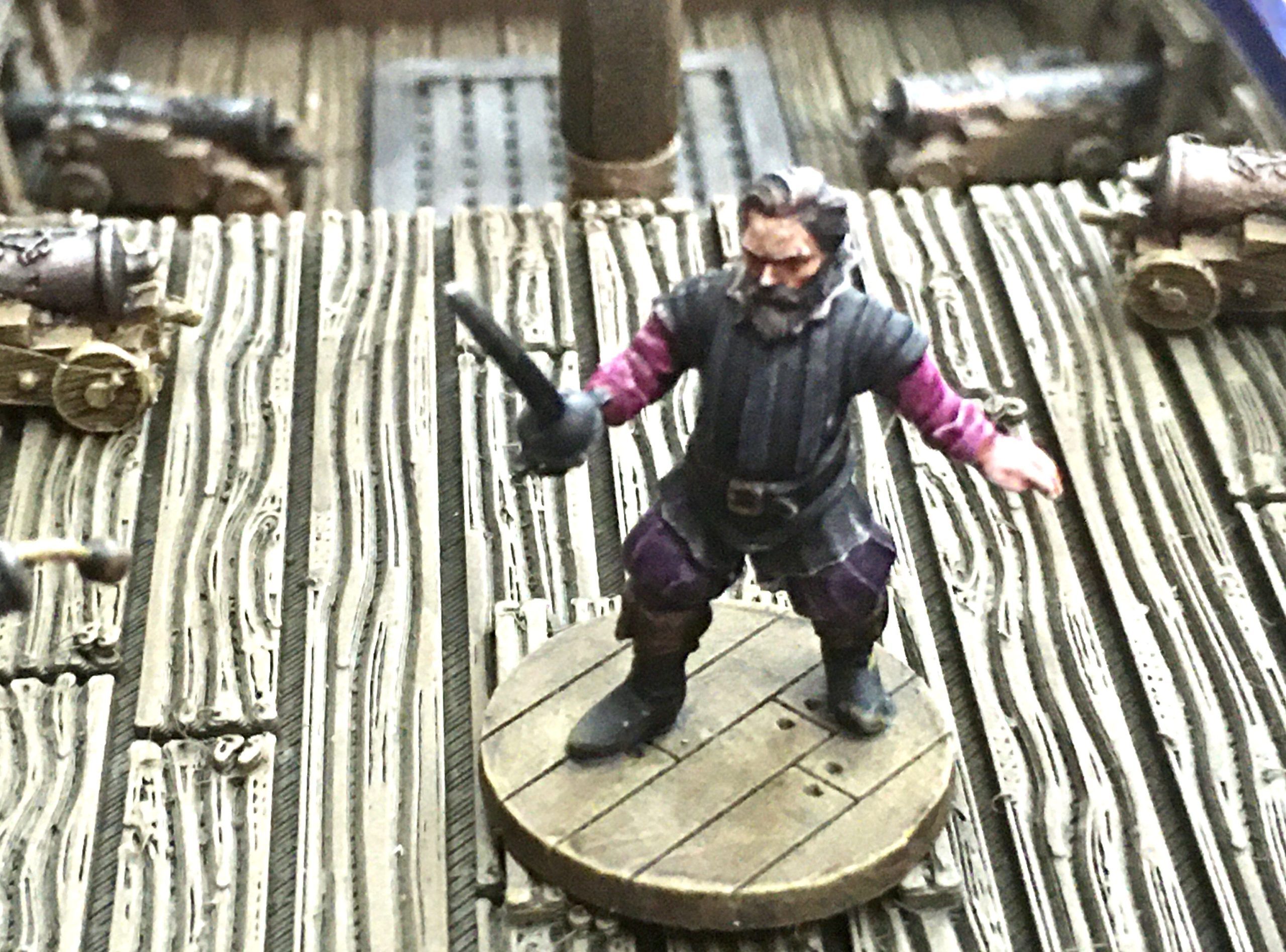

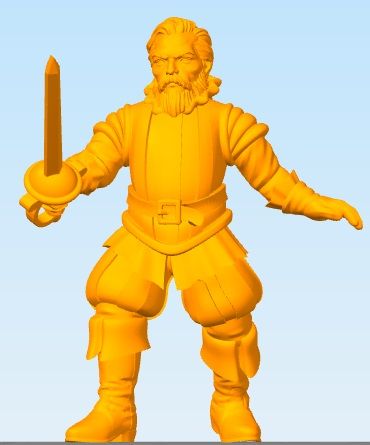
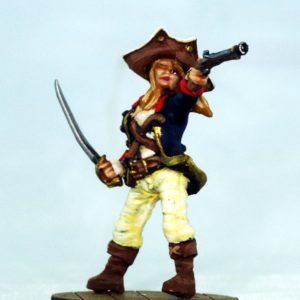
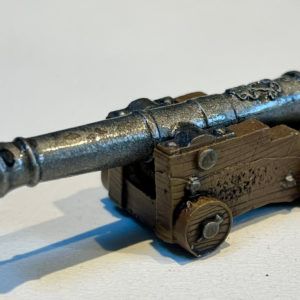
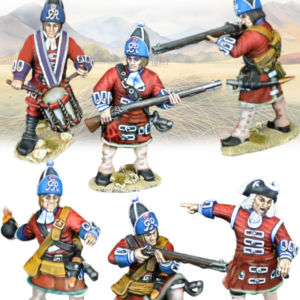
Reviews
There are no reviews yet.